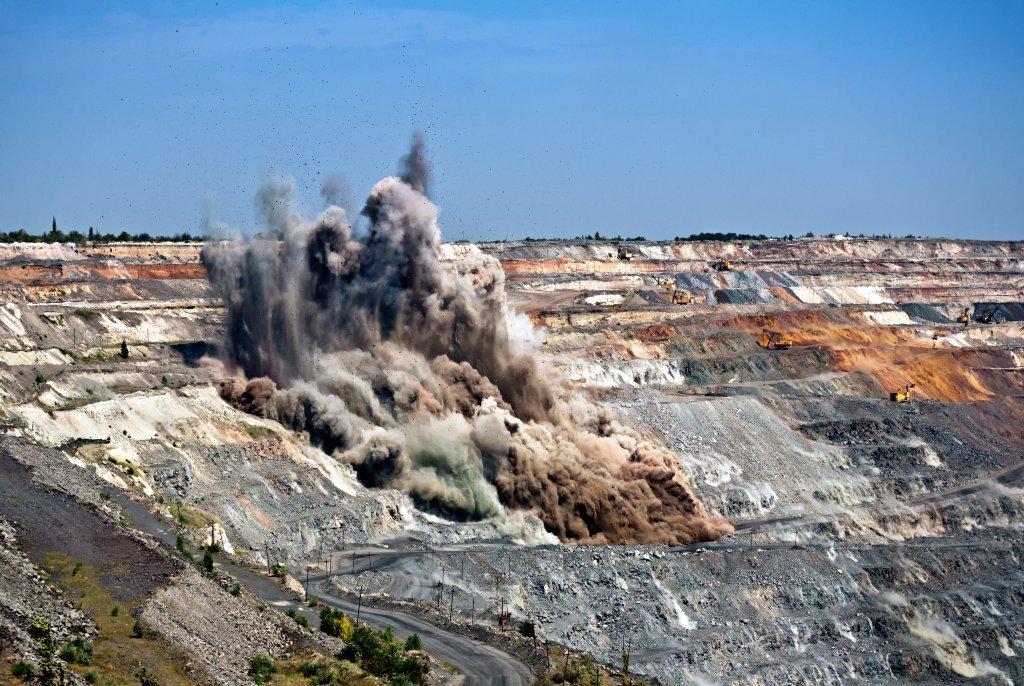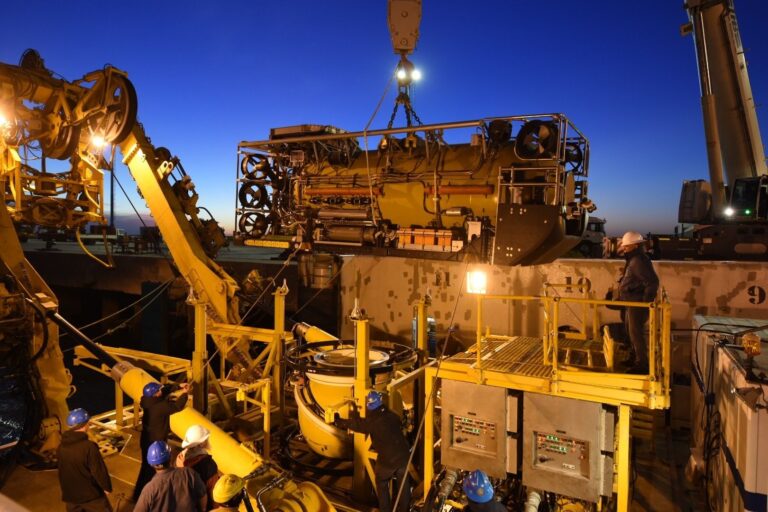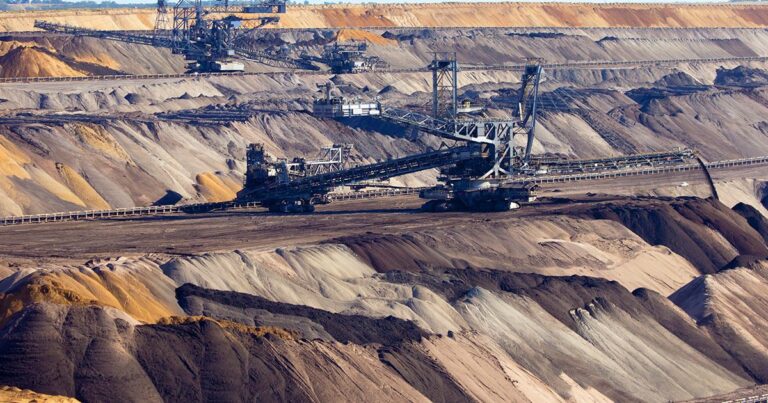
Blasting rocks is considered a high-risk job. Any failure in the development of these activities can give rise to huge economic and, above all, human losses. Although its frequency index in relation to other types of accidents is lower, its severity index is much higher. Generally it entails very serious consequences that not only affect the worker, but also the other people, equipment and facilities that surround him.
According to statistics, worldwide accidents with explosives are mostly caused by unsafe acts by operators, rather than by unsafe conditions. The inexperience or negligence on the one hand and the excess of confidence on the other, have been shown to be the cause of 80 to 90% of accidents.
Use of explosives
a) Predominant risks
In the works of blasting in the open, quarries, roads, civil works, demolitions, etc. The predominant risks are the projection of flying fragments, vibrations and concussion wave. While in the underground are the crashes and gassing by the fumes of the explosion. In both types of operation, firing failures such as premature or delayed shots, blown shots and shots may occur.
b) Drilling, preparation, loading and firing
In underground, the most serious accidents that can occur during the drilling and loading of explosives are the premature detonation of one to all drills of a batch. Also, the collapse or detachment of rocks from the ceiling or walls of the gallery. For this reason, a job should never be started if the work has not been previously “unguarded” and secured.
During drilling, it can be struck or exploded. For example, when drilling very close to a loaded hole or holes left in a fronton previously shot, and still contain tacos explosive undetonated.
You should never reforest a gap left to facilitate the work, since this mistake has cost many lives. The cut or failed shots and the stuck blocks must be completely cleaned with compressed air or water jet before continuing the work.
The preparation of bait on the pediment requires care. The detonators must not hit or force their introduction into the cartridges. The punch will be made of wood or bronze. Work must be done away from drilling machines and boxes with explosives. The confinement of the cartridges with the attacker does not have to be violent. The bait should not be attacked, just push gently.
Another latent risk in cargo is the use of compressed air and hose charging equipment for the ANFO. This, because the friction can cause electrostatic charges, sufficiently active, to prematurely explode the fulminant. For this reason, only antistatic or semiconductor hoses should be used, in addition to connecting the charger with a line to ground.
In the underground, where rail lines, electrical cables, compressed air pipes and forced ventilation ducts are generally available, the risk is increased by carelessly laying the electric firing wires on these installations. Before shooting, the biggest risk is premature shots. These can occur due to mistreatment of the explosive or detonators; effect of electric shocks and stray currents on electrical detonators not isolated; incorrect ignition, and use of safety guides for very short sections or for not knowing their real burning speed to control the ignition time of all the drills of the batch and leave the fronton in time.
On the surface, the transit of vehicles and people over the lines of detonating cord and firing accessories, even without reaching the end of an explosion, can harm a well planned blasting. Cutting stretches of detonating cord hitting it with stones in the absence of a knife can start and cause a disaster, especially if it is connected to charged drills. Equally risky is hitting the driving hoses of non-electric detonators of any kind.
c) Electric shocks
A beam is perfectly capable of activating an electric detonator, whether it is connected or not. Therefore, in regions susceptible to electrical storms, the use of non-electrical accessories will be preferred, and loading operations will be suspended when a lightning storm is detected.
d) Shooting
Before firing, check splices and connections of the shot, observe that there are no explosive remnants, accessories or abandoned tools, and ensure that all personnel have retreated to a protected area. On the surface check that all accesses to the blasting area are controlled by duly instructed lookouts, which should remain in place until after the blasting.
The risk of accidents during the underground explosion is reduced because there is no personnel nearby, while on the surface the situation is different. The projection of flying fragments represents a serious problem in surface blasting, as men can be impacted and injured. In addition to the equipment or facilities that may be damaged.
There are several reasons why it may originate. For example, due to excessive explosive load, lack of taco, very loose or fissured rock, irregular or very short burns, geological faults or hidden cavities. Also, drilling faults or also tripping with very long delay times between the drills.
In the blasting of large-diameter and shallow drills, called “crater blasting”, the lower ratio between bank height and hole diameter, does not allow maintaining a “no load block” of equal length as the “burden” as in the conventional This because it would result in very low load factor and poor performance of the shot. As a consequence, it forces to compensate the factor loading the drills until very close to the surface, which unfortunately produces strong projection of flying fragments. For this reason, as a precautionary measure, we will try to avoid its occurrence.
The same problem presents the secondary blasting of plaste and puppies. As flying fragments travel distances and in unpredictable directions, special care must be taken in the evacuation of people and equipment to the greatest possible “safety” distance, and well-trained lookouts must be placed at all accesses to the firing area.
Source:

En cuanto a los motores eléctricos que están diseñados para transformar la energía eléctrica en mecánica GE Power Conversion ha desarrollado un motor de uso extra severo que incluye un

Como proveedor industrial en Eymaq hemos dedicado buena parte de nuestros últimos años de historia a entregar soluciones a la industria minera en todo el continente americano Norte Centro y

Chile uno de los países más ricos y con una de las economías más estable de América latina durante las últimas décadas es noticia a nivel mundial después de los
13775 SW 145 CT Miami FL 33186
+1 (305) 232-2621
info@eymaq.com
Edificio Platinum Plaza Torre B
Andres Reyes 437, Oficina 602
San Isidro, Lima
+51 (1) 640-9811
info@eymaq.com
Calle 138 # 72A – 40
Oficina 404
Bogotá, Colombia
+57 (302) 413-5469
salescolombia@eymaq.com
Rio de Janeiro, Brasil
+1 (786) 589-9884
salesbrazil@eymaq.com